60 years ago today, The Beatles’ first film A Hard Day’s Night, opened in theaters across America, earning rave reviews and box office success. Described as a “comedic Fantasia with music,” the film was a financial and critical success and was nominated for two Academy Awards, including Best Original Screenplay. Forty years after its release, TIME Magazine rated it as one of the 100 all-time great films. READ about the film’s impact on cinema… (1964)
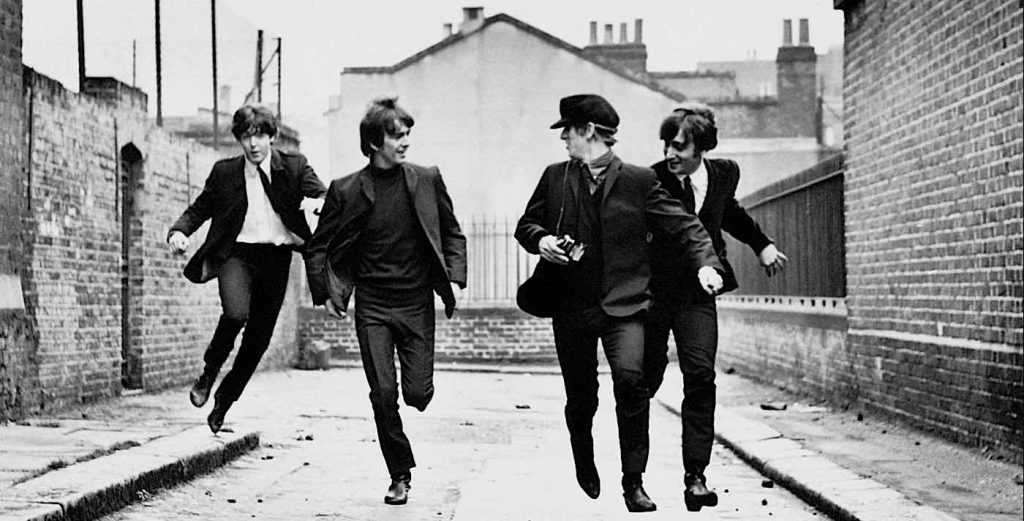
One might think a film about the fictional activities of a rock bank wouldn’t amount to very much in the history of film, but A Hard Day’s Night would eventually popularize, according to some critics and film historians, a variety of cinematographical stylings that became commonplace over the proceeding decades.
Among these are the contemporary technique of cutting the images to the beat of the music, quick cutting, hand-held cameras, interviews conducted on the run with moving targets, quickly intercut snatches of dialogue, and music under documentary action. All of which owe their origin to A Hard Day’s Night.
British critic Leslie Halliwell says the film “led directly to all the kaleidoscopic swinging London spy thrillers and comedies of the later sixties”.
MORE Good News on this Day:
- The first true stainless steel was produced by Harry Brearley in Sheffield, England when he added chromium to a steel alloy, resulting in a metal that will rarely corrode, rust, or stain (1913)
- Walt Disney released its fifth animated feature, Bambi, based on the book Bambi, A Life in the Woods, a coming-of-age story that went on to become a film classic (1942)
- The Central African Republic declared independence from France (1960)
- Jefferson Airplane made their live debut at San Francisco’s Matrix Club—and a band photo from that night later appeared on the front cover of their hit album, Surrealistic Pillow (1965)
- Lou Brock became only 14th player in major league baseball history to reach the milestone of 3,000 career hits (1979)
- The 2-day Moscow Music Peace Festival in Lenin Stadium, featuring Motley Crue, Ozzy Osbourne, Bon Jovi, and The Scorpions, went down in history as the first concert in the Soviet Union where a requirement to stay seated was discarded, and the audience was allowed to stand up and dance (1989)
- Libya agreed to set up a $2.7 billion fund for families of 270 victims of the 1988 Pan Am bombing (2003)
119 years ago today, the Norwegian people voted themselves out of the union with Sweden that they had been subjected to for centuries following wars of conquest by their neighbor. Just 184 votes were cast to remain part of the union, compared to over 350,000 cast to exit it. Following the vote, the Norwegian Storting offered a crown to Prince Carl of Denmark, which he accepted as King Haakon VII, and Norway gained independence.
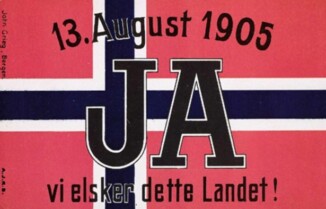
Before the Sweden-Norway union, Norway was controlled by Denmark. However under ambitious kings like Gustavus Adolphus, Sweden invaded Norway in 1567, 1644, 1658, and 1716 to wrest the country away from the union with Denmark and either annex it or form a similar union. The repeated wars and invasions led to popular resentment against Sweden among Norwegians.
In 1814, following another war between Norway-Denmark against Russia, Prussia, and Sweden, King Frederick VI of Denmark (and of Norway) agreed to cede Norway to the King of Sweden in order to stave off further violence. However, hereditary Prince Christian Frederik resolved to preserve the integrity of the country, and if possible the union with Denmark, by taking the lead in a Norwegian insurrection.
On January 30th, he consulted several prominent Norwegian advisors, arguing that he was the rightful king of Norway and that Norway had a right to self-determination. His impromptu council agreed with him, setting the stage for an independence movement that only grew after the Treaty of Kiel officially ceded control of Norway to the King of Sweden on paper on February 2nd.
That year, a fledgling Norwegian state organized itself around Christian Frederik, a new constitution, and political parties.
Nearly 100 years later and Norway was still a de facto part of Sweden. King Oscar II of Sweden vetoed a bill in the Norwegian Storting that looked to establish separate consulates, in answer to which the whole Norwegian government looked to resign. King Oscar protested, saying he could not appoint a whole new government, to which the Storting said that meant he had abandoned his duties as the monarch of the nation.
The referendum passed, and the two countries reached an agreement on September 23rd, which was approved by the Norwegian and Swedish parliaments. Oscar gave up all claims to the Norwegian throne on October 26th. In November, Prince Carl of Denmark was elected as Norway’s first independent king in over five centuries, assuming the throne as Haakon VII. (1905)
16 years ago today, American swimmer Michael Phelps won the men’s 200m butterfly in Beijing, on his way to setting the record for most gold medals earned by an individual athlete in a single Olympics (8)—and setting a world record in every single event.

The Baltimore kid who was diagnosed with severe ADHD, and medicated during the school week, proved his English teacher a fool for saying he would never be successful. The retired athlete has co-authored several books, including No Limits: The Will to Succeed, and a children’s book, How to Train with a T. Rex and Win 8 Gold Medals.
With a total of 28-lifetime Olympic medals, Phelps is the most decorated Olympian ever. He also holds all-time records for Olympic gold medals (23), Olympic gold medals in individual events (13), and Olympic medals in individual events (16). WATCH how close he came to failing in his bid for 8 Golds… (2008)
On this day in 1899, the iconic film director Alfred Hitchcock was born in Leytonstone, Essex. Known as The Master of Suspense, he directed some of the most groundbreaking films of all time after he moved to America—including Psycho, Rear Window, North by Northwest, Vertigo, Dial M for Murder, and perhaps, most terrifying of all, The Birds. Arguably the most influential filmmaker of all time, he directed over 50 movies, and also hosted and produced the television anthology Alfred Hitchcock Presents from 1955–1965.
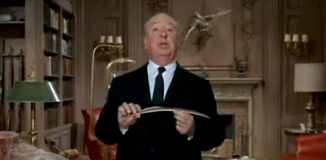
As a 20-year-old, Hitchcock entered the film industry, designing title cards, yet made his directorial debut at age 26. The Academy Award-winner’s “Hitchcockian style” includes the use of camera movement to mimic a person’s gaze, thereby turning viewers into voyeurs, and framing shots to maximize anxiety and fear. WATCH a short bio…
164 years ago today, Annie Oakley, who became the first American woman ‘superstar,’ was born in a cabin in rural Ohio.
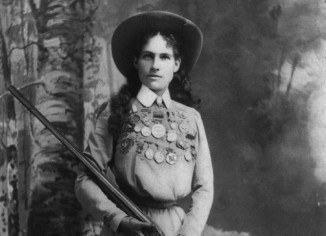
To support her five siblings and widowed mother, Phoebe Annie Mosey took up hunting and trapping at age eight. She sold so much game that, at age 15, her earnings eventually paid off the mortgage on her mother’s farm.
Annie used her skill to compete against a traveling show marksman, Frank Butler, who bet $100 that he could beat any local fancy shooter. He was shocked when a five-foot-tall girl beat him—and the two married a year later.
In 1885, the couple joined Buffalo Bill’s Wild West Show, where she earned more than any other performer on tour, except “Buffalo Bill” Cody himself. Her feats of marksmanship were so incredible she even performed for Queen Victoria. At 30 paces she could split a playing card held edge-on, she hit dimes tossed into the air, and cigarettes from her husband’s lips.
Throughout her career, it is believed that Oakley taught upwards of 15,000 women how to use a gun—both for protection and as a form of physical and mental exercise. See books about Oakley and WATCH a short bio… (1860)
27 years ago today, the first ever episode of the TV cartoon series South Park aired. becoming infamous for its profanity and dark, surreal humor that satirizes a wide range of topics toward an adult audience, it has consistently achieved the highest ratings of any basic cable TV show, and has won five Primetime Emmys.
Each of its more than 300 episodes is crafted over 6 days within the minds of a small group of writers, at first animated using construction paper—then with computer software following the success of the pilot. READ about their breakneck episode production process…
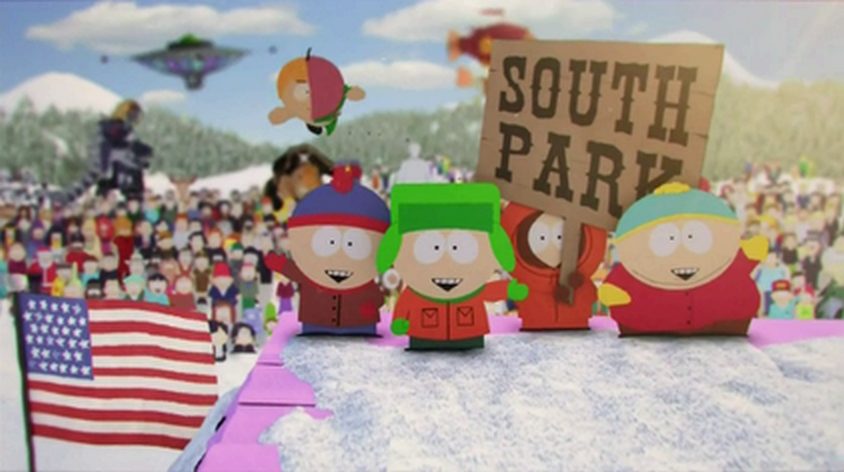
Production of an episode begins on a Thursday, with the show’s writing consultants brainstorming with the show’s creators Trey Parker and Matt Stone. After exchanging ideas, Parker will write a script, and from there the entire team of animators, editors, technicians, and sound engineers will each typically work 100–120 hours in the ensuing week. Parker and Stone state that subjecting themselves to a one-week deadline creates more spontaneity amongst themselves in the creative process, which they feel results in a funnier show.
Their animation and thematic process are heavily influenced by Monty Python’s Flying Circus, and the cartoons made by Terry Gilliam for the television show on the BBC. Parker and Stone first began working together because they shared a love of the English sketch comedy troupe.
Over the years South Park became famous for, sometimes within a week, setting an episode as satire to controversies or scandals that would sometimes still be in the news by the time the episode aired, giving them show tremendous pull as a social commentary that can be enjoyed in view of fresh outrage. This has seen them offend essentially every facet of society, except perhaps the Mormons, who despite being the victim of many jokes and a South Park Special, are known to spread their religion using the South Park satire of their faith as an icebreaker. (1997)
SHARE The Milestones, Memories, and Movies…




















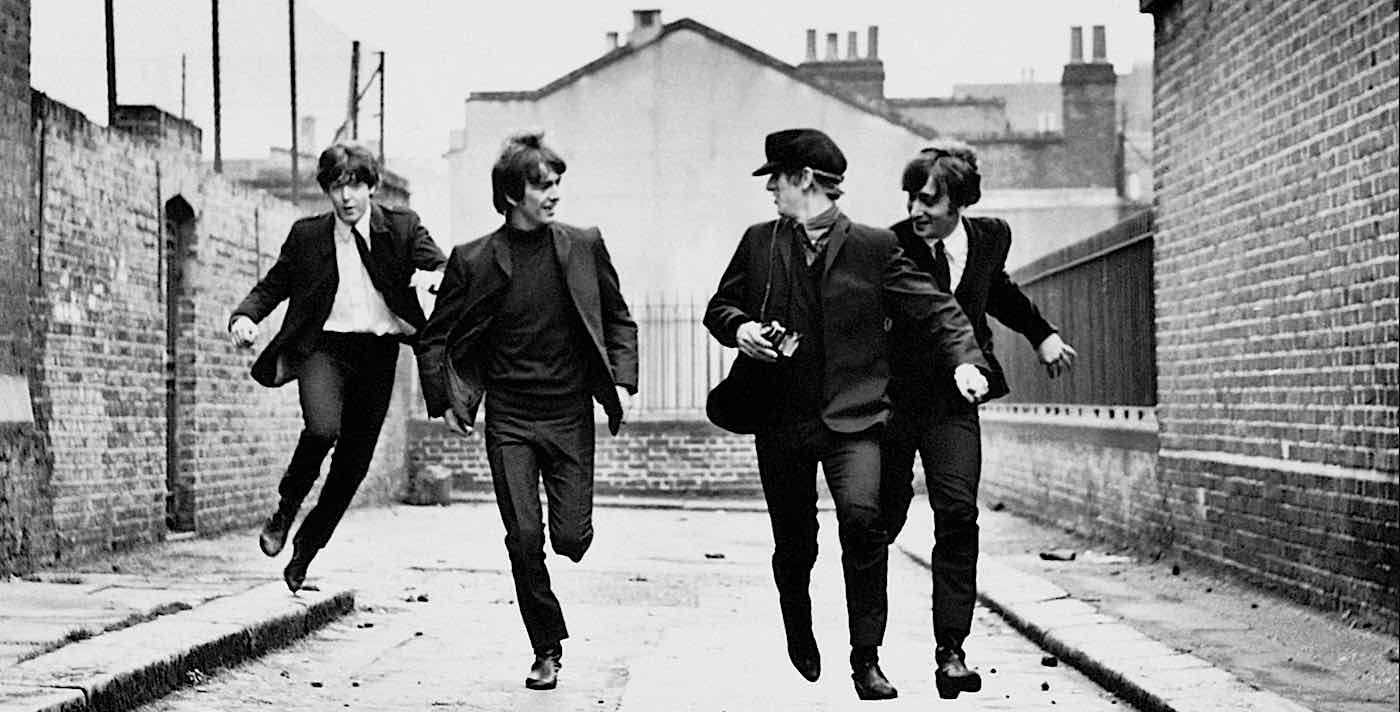

[…] By Good News Network […]